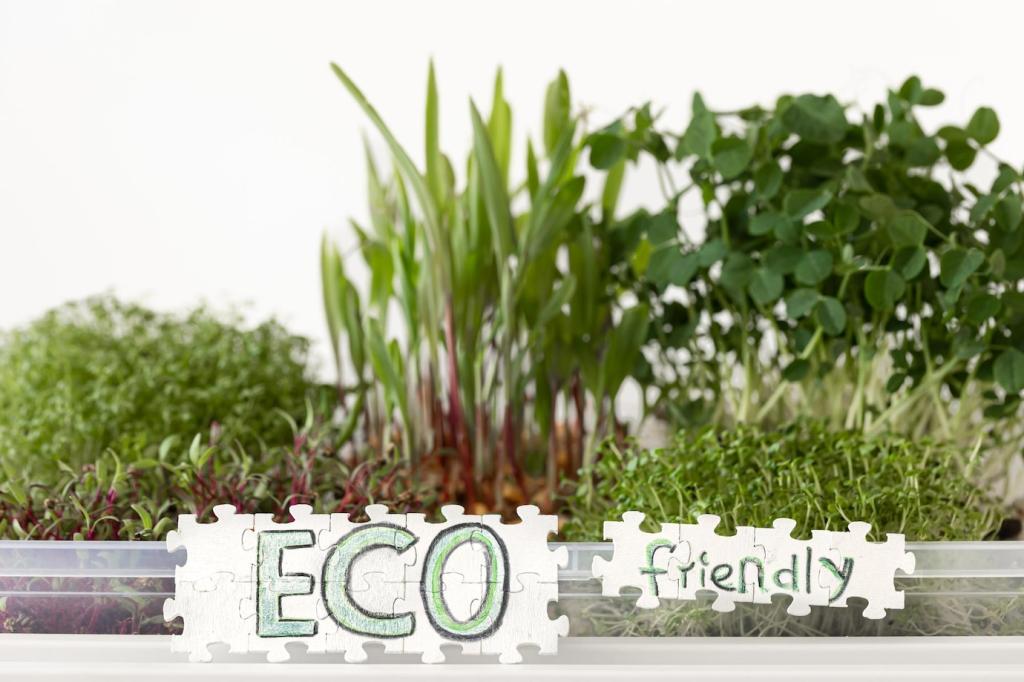Nourishing and Protecting Wood Finishes
Use a high-quality beeswax balm with minimal, transparent ingredients. Apply sparingly with the grain, then buff patiently. Avoid heavy oil saturation; excess invites dust, dulls sheen, and can complicate future conservation treatments or professional restoration options.
Nourishing and Protecting Wood Finishes
Dewaxed shellac, derived from natural resins, offers a reversible, repair-friendly film. Spot-repair white rings by lightly padding fresh shellac onto affected areas. Work slowly and allow ample curing between passes to avoid clouding or tackiness.


